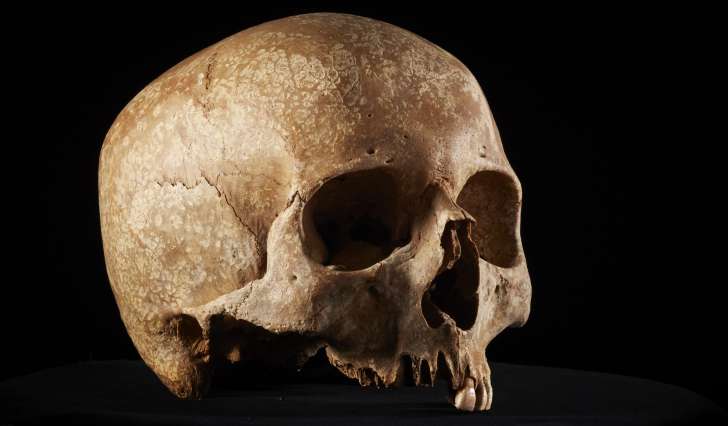In the vast pile of cool things offered to us by science, a talking 3,000-year-old mummy has got to come out somewhere near the top.
Laypeople, historians, archaeologists, and scientists alike have all been fascinated with the legacy of Ancient Egypt since we first discovered the remains of their society. Since they were remarkably advanced in many areas, we’ve gotten to know them better than most bygone civilizations – and now, because of the careful way they had of preserving their dead, we can also hear one of their voices.
A team of UK scientists was able to reconstruct the vocal tract of one mummy using CT scans, 3D printing, and an electronic larynx. The project has been going on since 2013, and to make it come to life, experts from the areas of clinical science, archaeology, Egyptology, museum curation, and electrical engineering had to come together for the good of all.
Ok. Here it is:
The six years of dedication resulted in returning the 3,000-years-gone Nesyamun’s voice to his throat. And yes, right now it’s just a single sound – but rest assured, they are working on more.
The amazing accomplishment was only possible because Nesyamun’s larynx and throat were remarkably well-preserved. This stroke of luck allowed scientists to totally reconstruct his vocal tract, which they then printed using a 3D printer, explained lead author and professor David Howard of the University of London to IFLScience.
“This process allows the sound of his tract as he is in his sarcophagus, which is a sound that his vocal tract can make – so it is his voice.”
That makes it sound a bit creepy, like something that happens at the outset of a horror movie, but it’s also cool.
“When it comes to any thoughts of producing running speech, things are different but there are possibilities. Combining knowledge of phonetics and linguistics with speech science means that we could use it to anticipate typical articulatory gestures that he would have used to change his vocal tract shape and therefore do this in software and create running speech. So that is an idea – there is a load of work to do to get anywhere near this but it is a distinct possibility for the future.”
In a twist of fate (or is it something more?) Nesyamun means “True of Voice” – he was a priest, incense-bearer, and scribe at an ancient temple at Karnak. He died around 1100 B.C.E. and due to his state of preservation, he’s one of the most-studied mummies in Britain’s “Voice of the Past” project.
As a history nerd, but an ancient history nerd first, this is just thrilling, one syllable or more.
The post Science Has Brought a 3,000-Year-Old Mummy’s Voice Back to Life appeared first on UberFacts.
 : © @leedsmuseumsandgalleries
: © @leedsmuseumsandgalleries  : D.M. Howard et al/Scientific Reports 2020) . . . #science #mummy #egypt #history #archaeology #ancientegypt #nesyamun #sarcophagus
: D.M. Howard et al/Scientific Reports 2020) . . . #science #mummy #egypt #history #archaeology #ancientegypt #nesyamun #sarcophagus




















